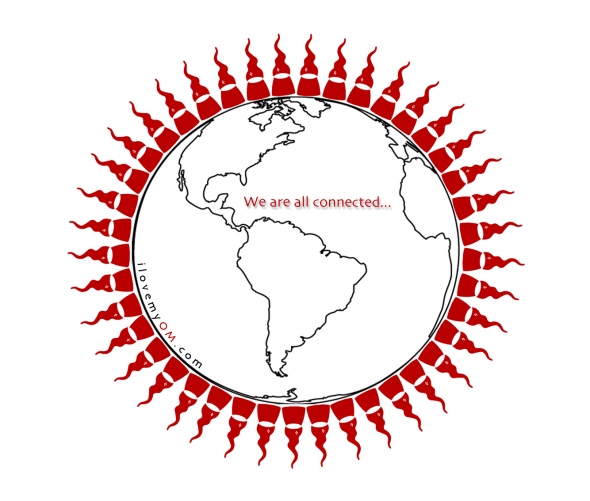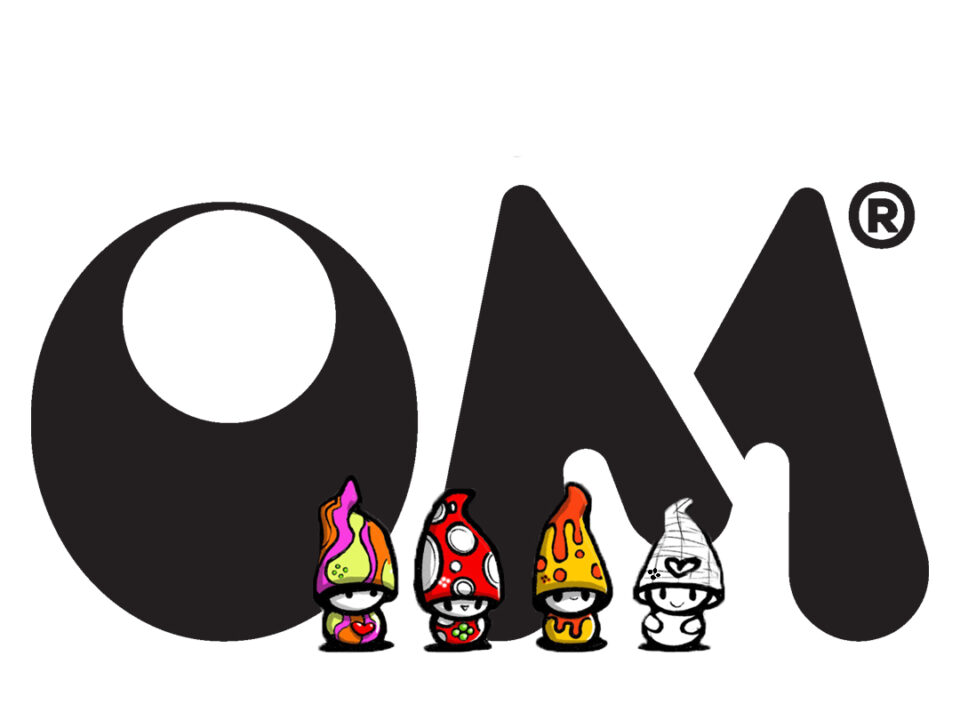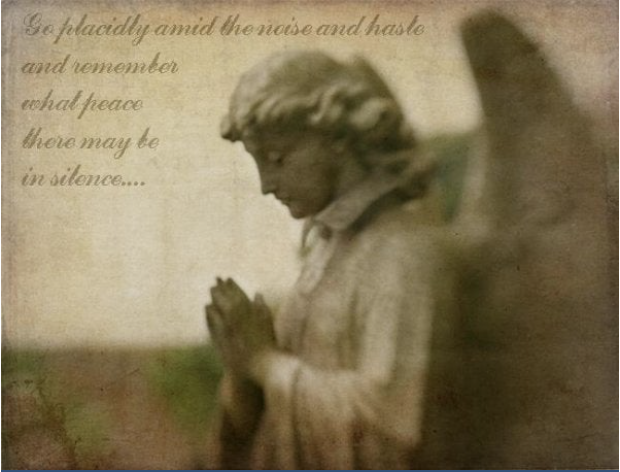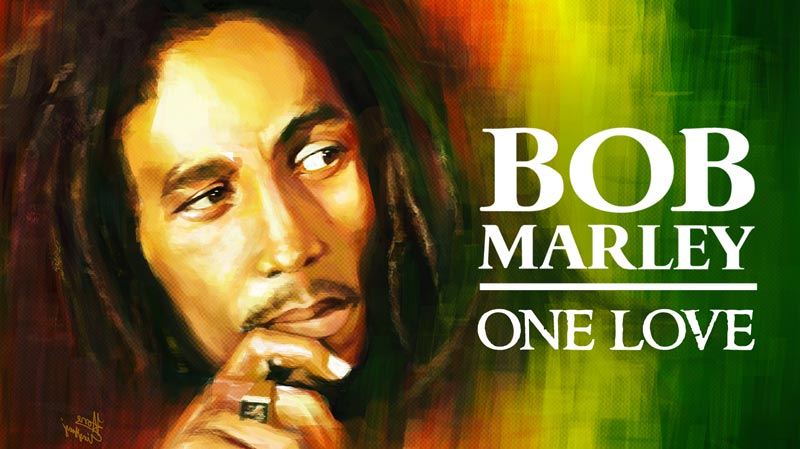Kindness is in the air (and it has a habit of finding those who most need it) . . .
February 9, 2015Take a whole lot of butterflies and get them to flap their wings!
March 17, 2015Ever given much thought to how we are all connected? Not just as people, but as a planet?
Our lives intertwine, that much is quite clear, even if the precise reasons for that fabled Red Thread remain inexplicable. But everything else, our environment, our existence and all that is going on, both around us and on a global scale? Think about it some time. It can be a mind-blowing concept.
Think about life. Think about dust, for it is perhaps here that the most profound connections of all can be discovered.
In recent times, for instance, researchers from the Earth System Science Interdisciplinary Center (ESSIC), this a collaboration between the University of Maryland and NASA’s Goddard Space Flight Center, have reached the most remarkable conclusion.
It is one that might seem to be too far-fetched to be true. It is one that connects the world’s largest desert and its greatest rainforest.
You might think that The Sahara and The Amazon have little in common. One is hostile, arid and bare, the other the richest and most diverse source of life on Earth. Several thousand miles separate these two great and different lands, yet there is a connection and it’s one that has immense consequence.
You see, although it supports such an abundance of life, The Amazon is renowned for its nutrient-poor soils. Because 90% of the rainforest’s soils are low in phosphorous, intensive farming in the region is all but impossible. Moreover, tens of thousands of tons of nitrogen are washed away by the river system each year, which exacerbates the issue. So how does the rainforest replenish its lost phosphorous and maintain its astonishing ecosystem? The answer, believe it or not, is dust.
Dust that contains just the right amount of phosphorous to replace that which is lost to the rivers. Dust that is crucial for keeping The Amazon alive. Dust that, altogether, weighs an astonishing 27.7 MILLION tons. Dust that was whipped up from the Bodélé Depression in Chad, an ancient African lake bed that is super-rich in phosphorous.
That this dust that blows across the Atlantic Ocean contains sufficient phosphorous (22,000 tons) to maintain The Amazon’s fragile balance is something that not even the smartest scientists on Earth are able to explain, but some things in all this are quite clear: all life is linked, nothing occurs in isolation, everything has a consequence, we are all connected.
‘We know that dust is very important in many ways,’ says Hongbin Yu, the lead author of this remarkable research. ‘It’s an essential component of the Earth system. Dust will affect climate and, at the same time, climate change will affect dust. This is a small world and we’re all connected together’.
It’s the smallest things that make the biggest differences in life. Things that might seem inconsequential or unimportant. Things like dust.
Life on Earth would be VERY different without The Amazon, the life it supports and the impact that it has on our planet.
That so much depends on dust, African dust that emanates from the harshest environment known to man, is beyond extraordinary.
So much in life is unknown, but we are all connected. That much, at least, is beyond question.




